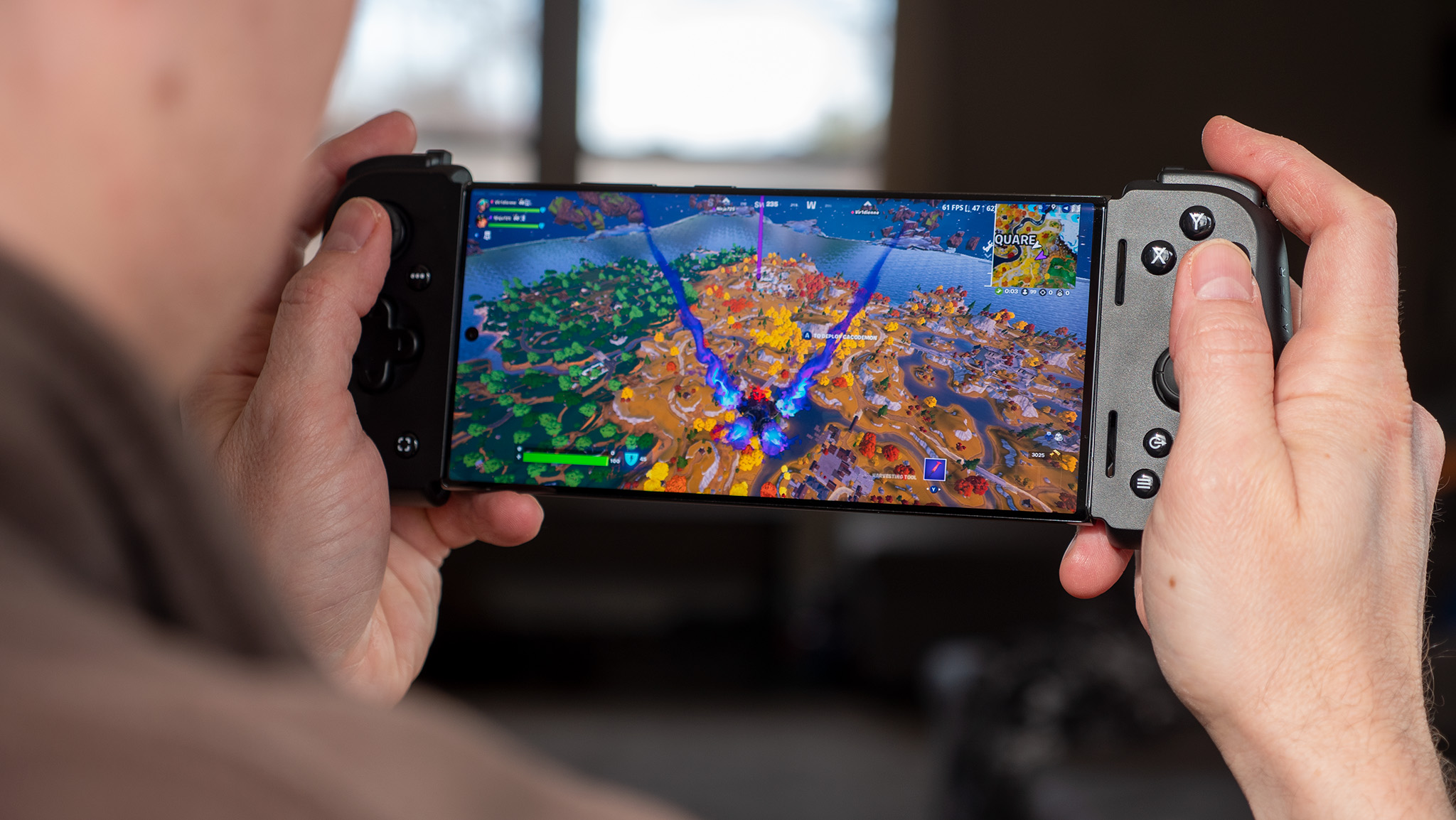Samsung reportedly working on its own version of ray tracing for Galaxy phones
It's Exynos chipset, in the future, could hold the power.

What you need to know
- A report from a South Korean publication suggests Samsung is working on creating its own ray tracing algorithm, which could rival prominent PC graphic card makers.
- Samsung is said to need to create a new method, "neuro super sampling" and "neural ray reconstruction" to achieve this, alongside an NPU.
- All of this is rumored to arrive on Exynos chips after 2025.
It looks like there is potential for Samsung to bring some gaming PC power over to its Galaxy phones sometime in the future.
According to a report by KoreaDaily, the Samsung Advanced Institute of Technology (SAIT) is allegedly preparing to incorporate "full ray tracing technology" onto an Exynos chip after 2025 (via SamMobile). Speculation states Samsung's version could rival technology found on NVIDIA and AMD graphics cards most commonly used to strengthen the gaming experience of many gaming PCs.
For those unaware, ray tracing is a technology that allows games to display realistic lighting reflections from water surfaces or even glass.
Rumors state Samsung will apply its ray tracing software to every aspect of a game and not just areas where light is reflected. SAIT is apparently developing a new method to achieve this called "neuro super-sampling." This AI-powered sampling will help turn low-quality imaging into high-quality without hampering the chip.
The centerpiece to all of this looks to be Samsung's "neural ray reconstruction," which might do most of the work in terms of ray tracing. Antialiasing will also come into effect, smoothening the edges of rendered items in mobile games (similar to PCs).
Backing this is supposedly a new neural network processing unit (NPU) to "deepen" the ray tracing algorithm.

As previously stated, these graphical enhancements for Samsung might not arrive until after 2025, meaning the Galaxy S26 or beyond could benefit from it. However, the Galaxy S25 series might benefit from Qualcomm's new PC-grade cores for its Snapdragon 8 Gen 4 SoC. The chipset is said to provide an even faster experience thanks to its Oryon CPU, which is said to rival AMD's PC chips.
Get the latest news from Android Central, your trusted companion in the world of Android
However, all of this power and potential could put a severe dent in the bank as it's speculated the chip could raise the prices of the Galaxy S25 series and even Samsung's foldables.
For now, facing our immediate future is the Galaxy S24 series and the likely use of the Snapdragon 8 Gen 3 for Galaxy and the Exynos 2400 SoC for devices in Europe. Both chips have been built with a strong mindset toward AI as Samsung looks to create an "AI phone" with next year's launch with features like text-to-image generation.

Nickolas is always excited about tech and getting his hands on it. Writing for him can vary from delivering the latest tech story to scribbling in his journal. When Nickolas isn't hitting a story, he's often grinding away at a game or chilling with a book in his hand.
